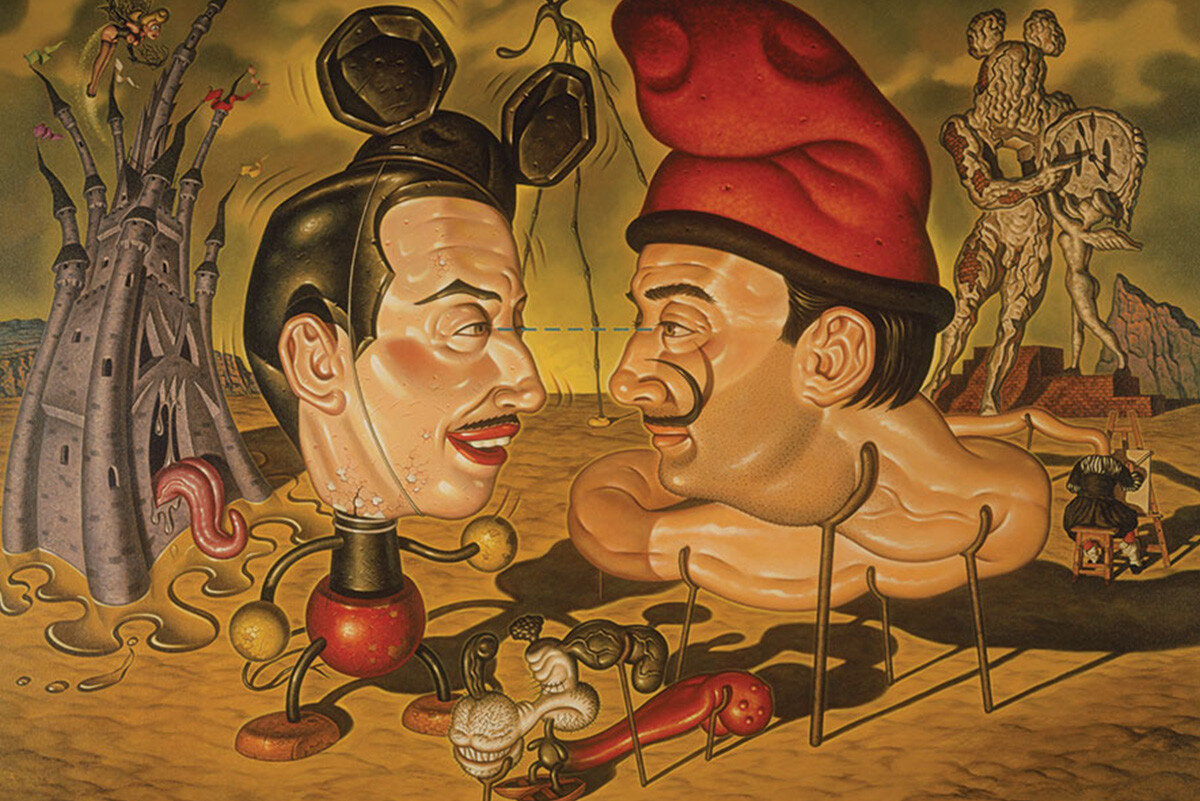
Over the last decade, marketing has shifted from selling products to inspiring customers to be your best sales people with storytelling. Many small businesses are still adapting to this change and what initiated that change: The internet. Consumers are now hyper-aware. So, if a business is inauthentic or doesn’t know who they are and what they stand for, consumers figure this out a lot quicker.
Storytelling and Creativity
In this chaotic, hyper-stimulated world, it is storytelling that helps to bring meaning to our lives. When explaining the art of storytelling I often reference Walt Disney. To quote, “I prefer to entertain in the hope that they learn, rather than teach people in the hope that they are entertained.” This is how the Disney brand withstands the test of time. He didn’t sell products, he told imaginative stories and created experiences that people would share.
How to tell your story with motion & stills?
Visual storytelling that uses images and text is the driving force behind social media platforms such as Facebook and Instagram. When telling a story with still images, you focus heavily on words and the image sequence. This is so the reader can quickly make sense of it. Moving images rely less on words and more on the emotion conveyed. Therefore, if your video does not cause the audience to feel, it will fall flat. Here are some tips to help refine your brands visual storytelling strategy:
- Know your brand – If you don’t know this already, we’re in big trouble. It takes time and care to understand your customers, their needs and how to communicate effectively that you have the solution. Start with this question: If your business was a person, how would you describe it?
- Brainstorm the purpose or the “why” of your video – Here at Verve Studio we utilize Walt Disney’s creative strategy model. “The dreamer, the realist and the critic.” The dreamer is the vision or the “what”. The realist is the action or the “how”. The critic is the logic or the “why”. Brainstorm ideas, figure out how to make them happen, then refine and evaluate those ideas.
- Create a mood and storyboard – Just like graphic design, before I put a pencil to paper or digital sketch pad, I create a mood board. A mood board tells you where you are going and if you get lost along the way it can help you get back on track. The storyboard is also a guide. Imagery, copy, color and audio all effect the emotion conveyed. Compile examples of these beforehand.
- Don’t tell a story, make them feel something – Brainstorm ways to communicate the emotion or mood that you identified in tip #3. They say a picture is worth a thousand words and video is worth a million. Remember, when using moving imagery there is less of a need to tell a story and more of a need to convey an emotion.
- Make a production plan – You’ll notice, before the production of any imagery, motion or still, there are a lot of steps of planning to complete. A huge mistake many small businesses make is shooting a video without the aforementioned planning. Don’t wait until the production date to realize potential obstacles that can occur which can be a costly mistake. Even with a well-thought out plan there will be setbacks. The result, the video misses the mark (purpose) and must be done over. Developing video scripts are also crucial for production planning. Don’t waste of time and money due to lack of planning!
- Make a plan to get the video out there – Social media posts, broadcast television, newsletters, influencers and bloggers, sponsored ads, etc. Have a plan in place to boost exposure for your visual story.
Salvador Dali, the father of surrealism, was intrigued with imagery that occurs at the boundary between sleeping and waking. Disney and Dali thrived in this dream world and eventually collaborated on a surrealist short animated film called Destino.
Let’s Collaborate
TELL US ABOUT YOUR PROJECT
We love messages and meeting for coffee or tea at one of our favorite local spots. Drop us a note and we’ll get back to you as soon as possible…
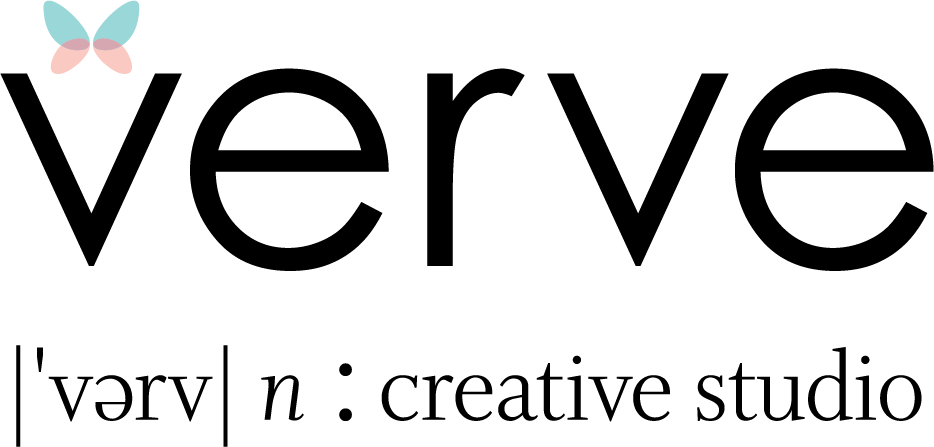











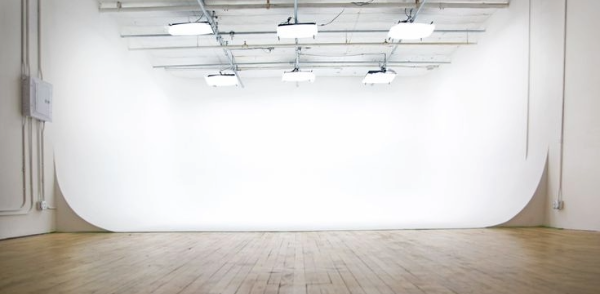


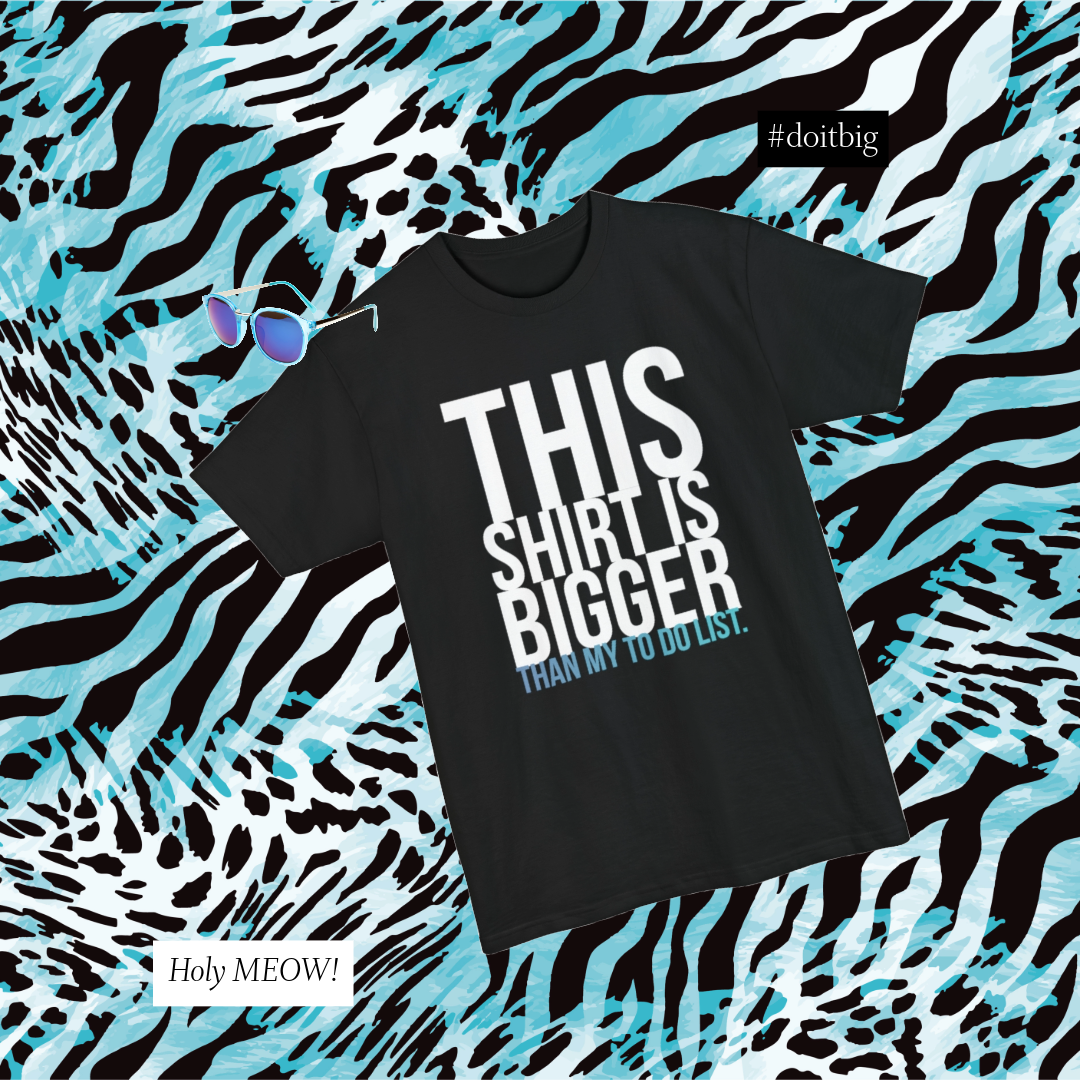
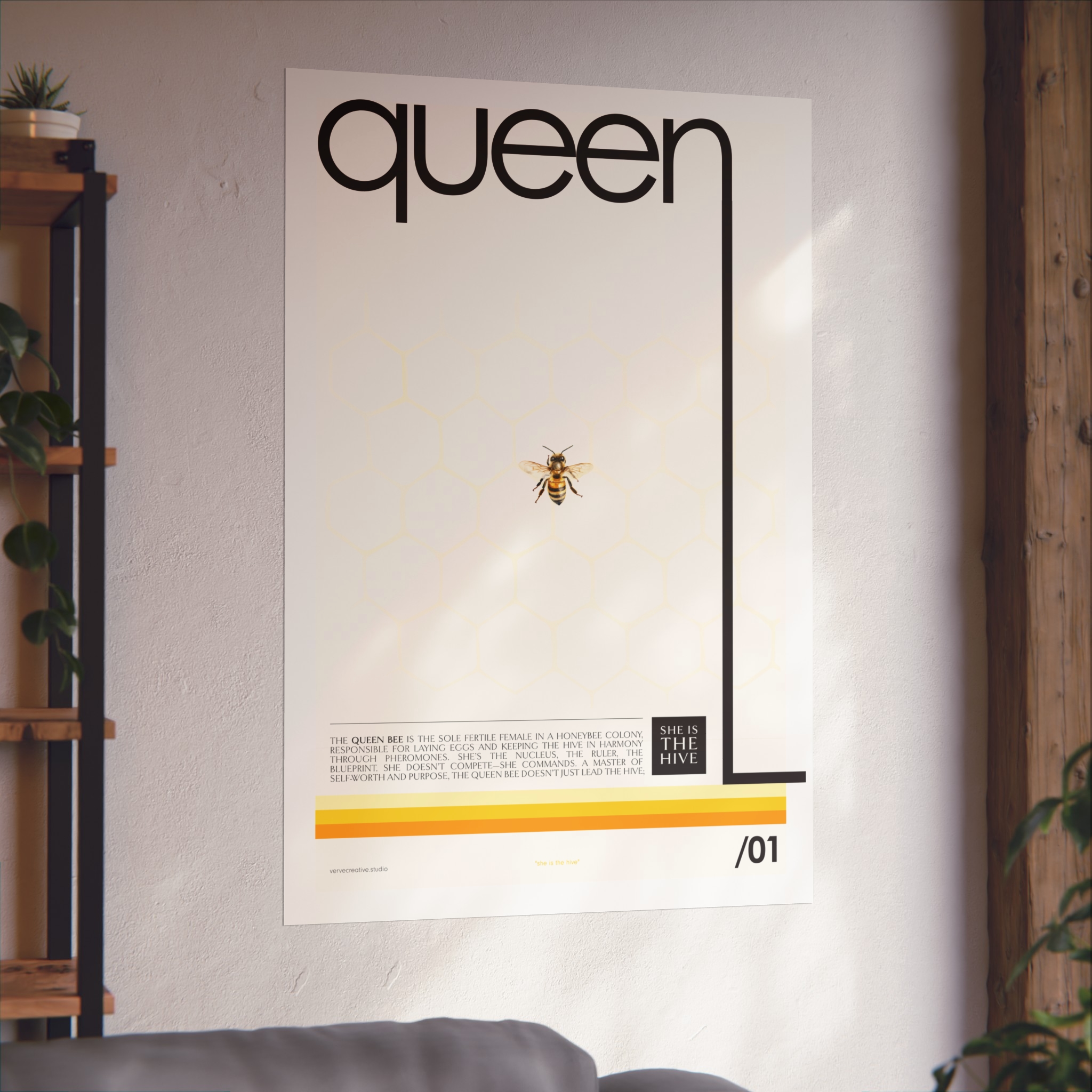
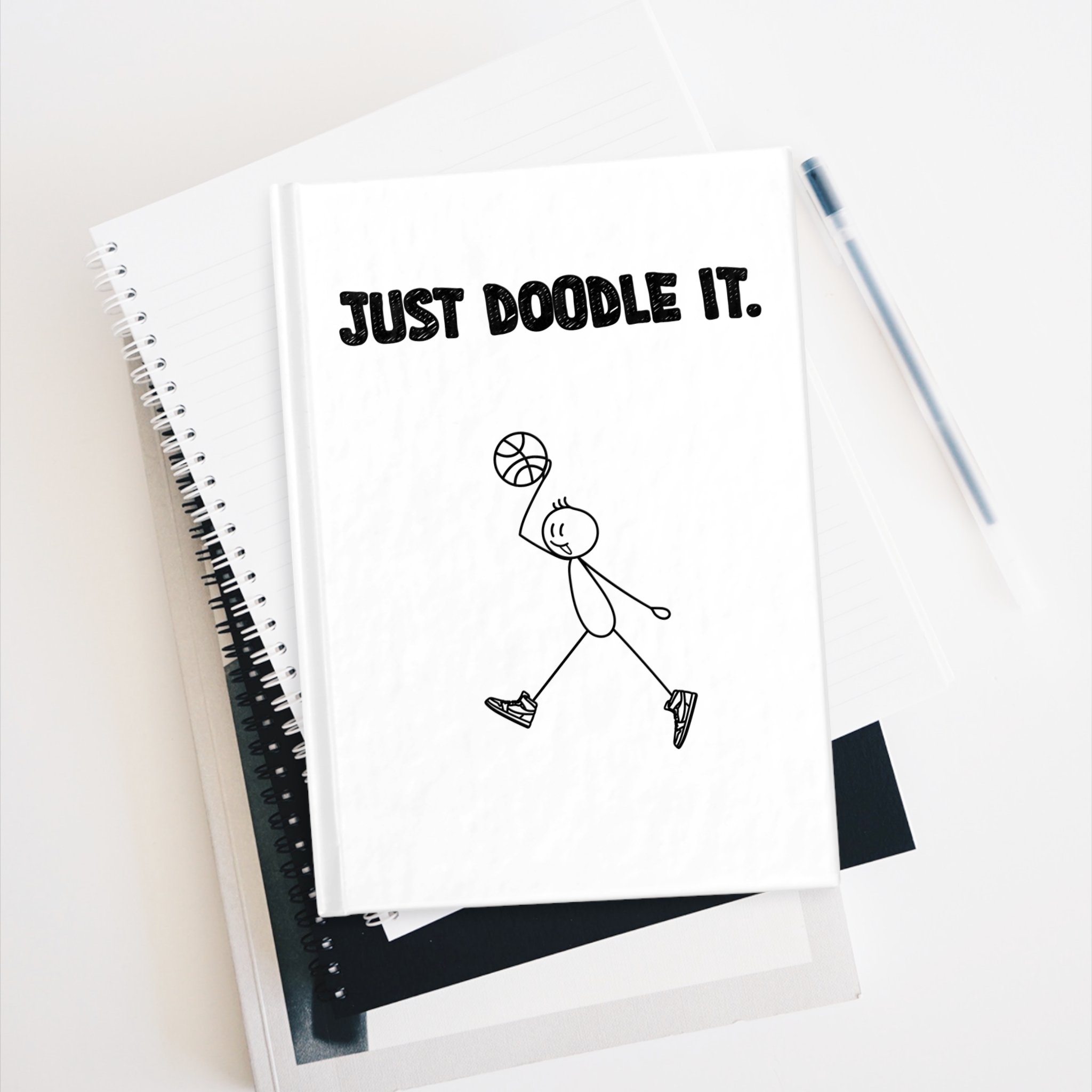
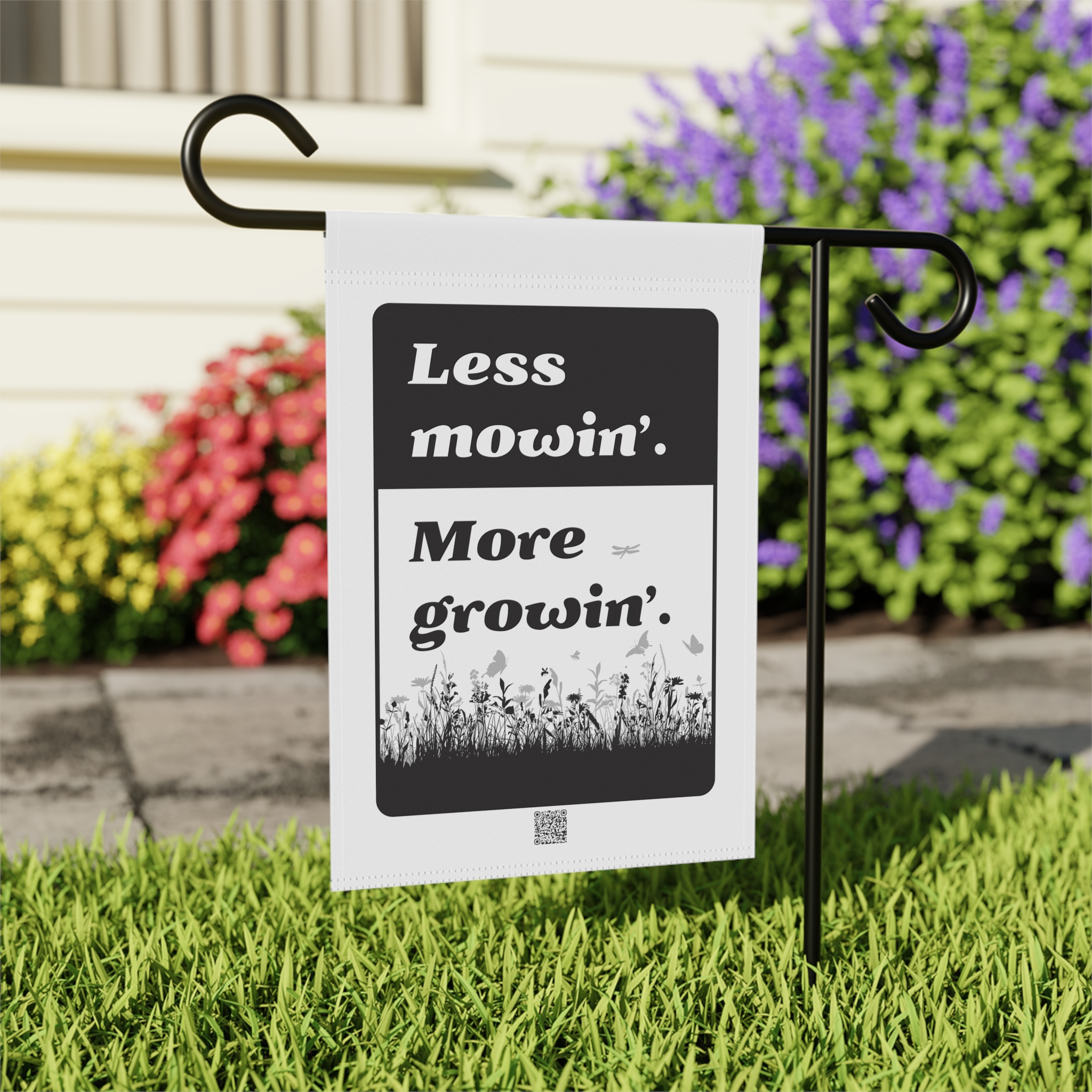



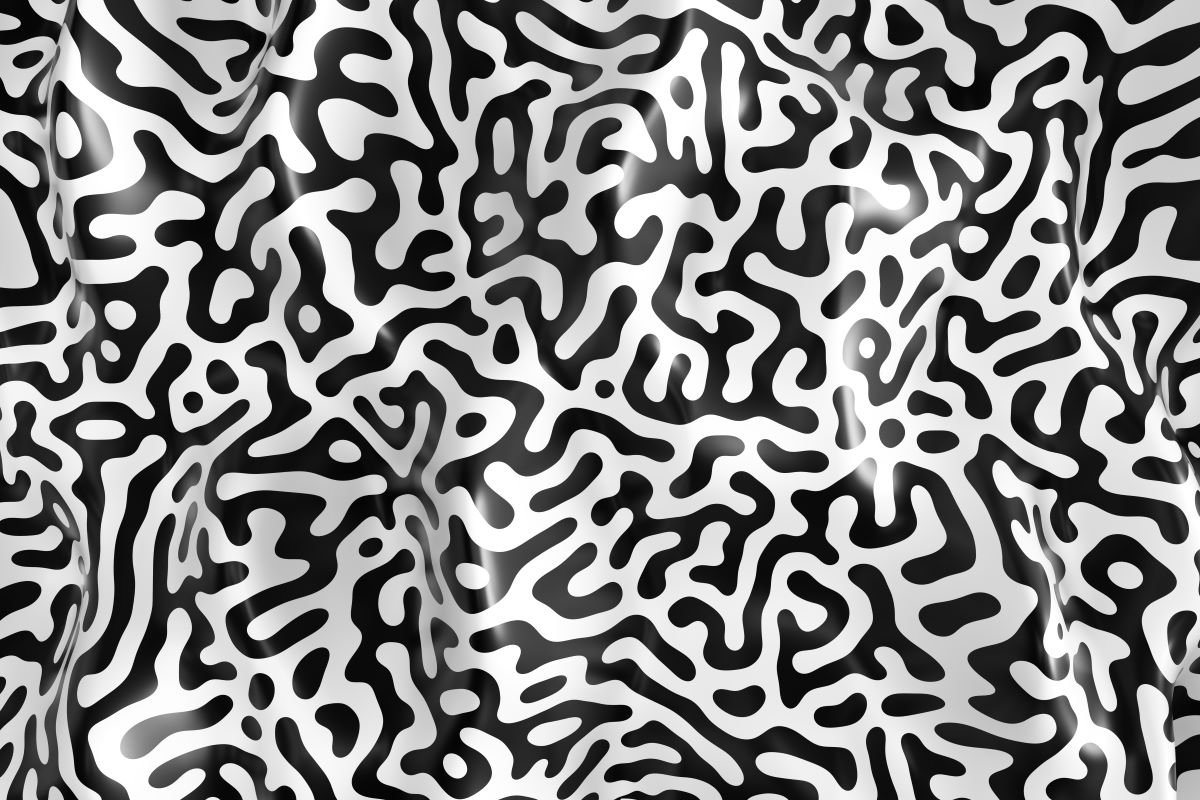
 Just giving you the heads up: We use cookies and other tracking doodads to make your browsing experience as sweet as a freshly baked batch (Website
Just giving you the heads up: We use cookies and other tracking doodads to make your browsing experience as sweet as a freshly baked batch (Website